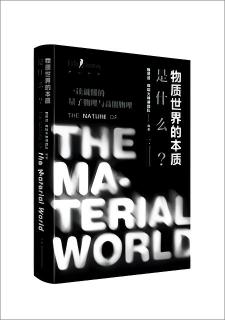PHYSICS, PLAIN and SIMPLE
Septuagenarian CERN scientist takes to storytelling to explain the universe in everyday words, Li Yingxue reports.


Working in a field that demands extraordinary tools and computing power, Qian notes that the World Wide Web itself was first developed at CERN to support global collaboration, "and later, CERN released it to the world without ever patenting it", he says.
Qian joined CERN in 1988 and became a professor in 2003 at Peking University, specializing in experimental high-energy physics and grid computing. Although he retired from teaching in 2014, his research never stopped. He has been involved in experiments at CERN for more than 30 years, where he remains actively engaged in the lab's global collaborations.
In 2012, those collaborations led to one of the 21st century's most significant scientific breakthroughs: the discovery of the Higgs boson at CERN's Large Hadron Collider, nearly 50 years after it was first theorized. The finding confirmed a key part of the Standard Model and paved the way for the 2013 Nobel Prize in physics, awarded to Professor Peter Higgs and Francois Englert.




































